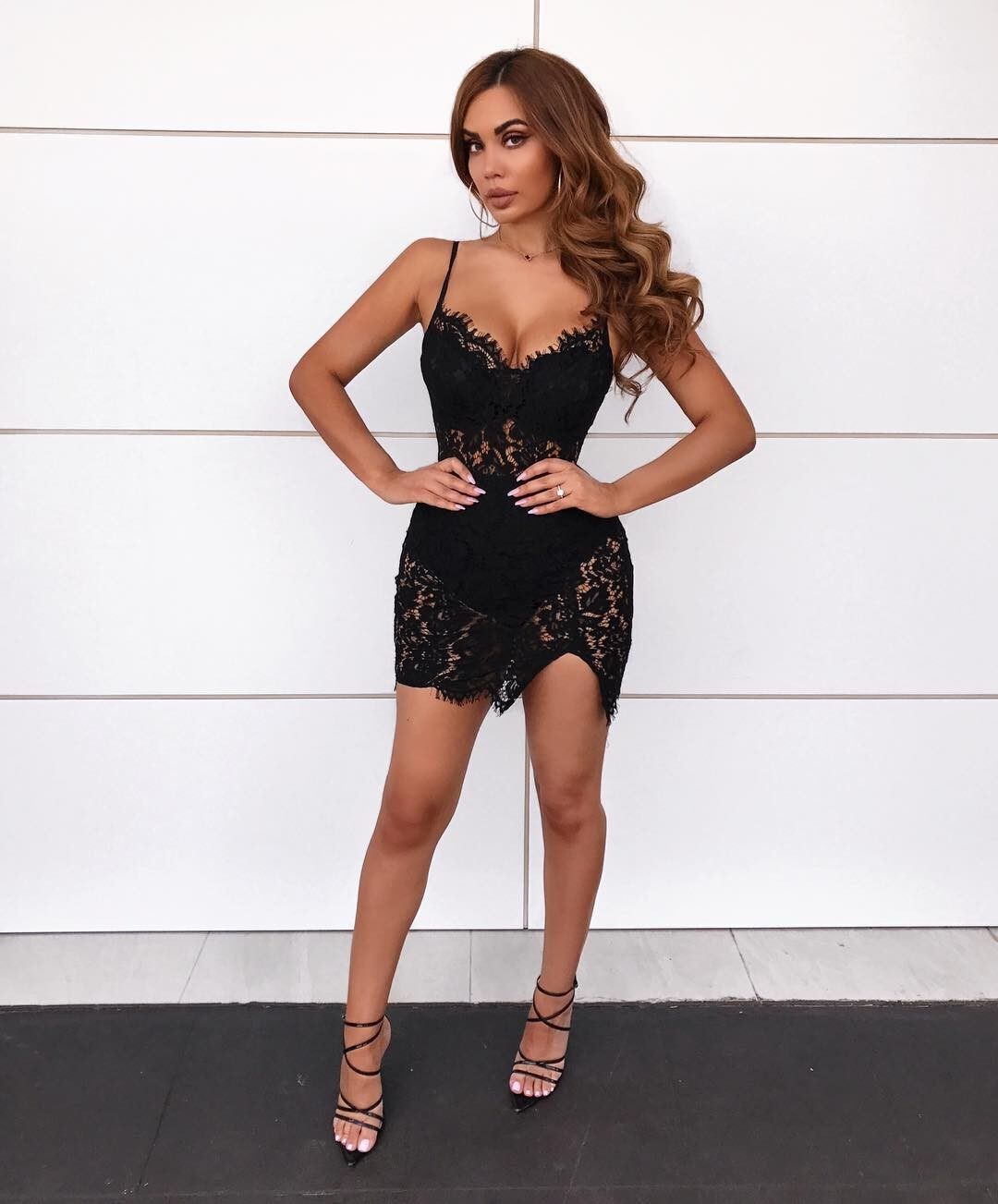
Email format error
Email cannot be empty
Email already exists
6-20 characters(letters plus numbers only)
The password is inconsistent
Email format error
Email cannot be empty
Email does not exist
6-20 characters(letters plus numbers only)
The password is inconsistent


Bandage dresses are known for their form-fitting and figure-flattering designs, making them a popular choice for a variety of occasions. The manufacturing process of bandage dresses involves careful selection of materials to ensure the garment's quality, comfort, and durability. In this article, we will explore the importance of selecting the right fabrics for bandage dress manufacturing, popular fabric choices, considerations in fabric selection, innovations in fabric technology, sustainable fabric options, and future trends in bandage dress fabric selection.
Materials Used in Bandage Dress Manufacturing
High-quality fabrics play a crucial role in the manufacturing of bandage dresses. The choice of fabric can greatly impact the overall look and feel of the garment. Manufacturers often prioritize the use of fabrics that offer a good stretch, hold their shape well, and provide a comfortable fit for the wearer.
Popular Fabric Choices for Bandage Dresses
1. Rayon Spandex Blends: Rayon spandex blends are a popular choice for bandage dresses due to their stretch and form-fitting properties. These fabrics provide a snug fit that accentuates the body's curves, making them ideal for creating the signature body-hugging silhouette of bandage dresses.
2. Nylon Blends: Nylon blends are another common fabric choice for bandage dresses. These fabrics offer excellent stretch and elasticity, allowing the dress to conform to the body's contours and enhance its overall shape.
Considerations in Selecting Fabric for Bandage Dresses
When selecting fabrics for bandage dresses, several key considerations come into play:
1. Stretch and Elasticity: Bandage dresses are expected to stretch and conform to the body's shape while maintaining their structure. Fabrics with good stretch and elasticity ensure that the dress fits comfortably and provides the necessary support.
2. Durability and Longevity: It is essential for bandage dress fabrics to be durable and long-lasting to withstand frequent wear and washing. Fabrics that retain their shape and color over time are preferable for maintaining the garment's quality.
Innovations in Fabric Technology for Bandage Dresses
Fabric technology continues to evolve, leading to innovative advancements in bandage dress manufacturing.
1. Seamless Construction Techniques: Seamless construction techniques minimize visible seams and create a smooth, streamlined look for bandage dresses. This technique enhances the overall aesthetic appeal of the garment while ensuring a comfortable fit for the wearer.
2. Breathable and Moisture-Wicking Fabrics: Fabrics that are breathable and moisture-wicking help to regulate body temperature and keep the wearer comfortable throughout the day. These innovative fabrics enhance the overall comfort and wearability of bandage dresses.
Sustainable Fabric Options for Bandage Dress Manufacturing
In response to growing environmental concerns, sustainable fabric options are becoming increasingly popular in bandage dress manufacturing.
1. Organic Cotton Blends: Organic cotton blends are a sustainable choice for bandage dresses as they are made from natural fibers grown without the use of harmful chemicals. These fabrics offer a breathable and soft feel, making them a comfortable and eco-friendly option for consumers.
Future Trends in Bandage Dress Fabric Selection
As the fashion industry continues to evolve, future trends in bandage dress fabric selection are expected to focus on:
1. Versatile and Multi-Functional Fabrics: Fabrics that offer versatility and multi-functionality, such as those with built-in performance properties, will likely gain popularity in bandage dress manufacturing. These fabrics will cater to the increasing demand for garments that can seamlessly transition from day to night or from casual to formal occasions.
In conclusion, the selection of fabrics plays a critical role in bandage dress manufacturing, influencing the garment's fit, comfort, and overall quality. By opting for high-quality materials, considering key factors such as stretch, elasticity, and durability, and embracing innovative and sustainable fabric options, manufacturers can create bandage dresses that not only look stylish but also prioritize comfort and longevity. As future trends in fabric selection continue to evolve, a focus on versatile and multi-functional fabrics is expected to shape the landscape of bandage dress manufacturing, catering to the diverse preferences of consumers and the growing demand for sustainable fashion choices.